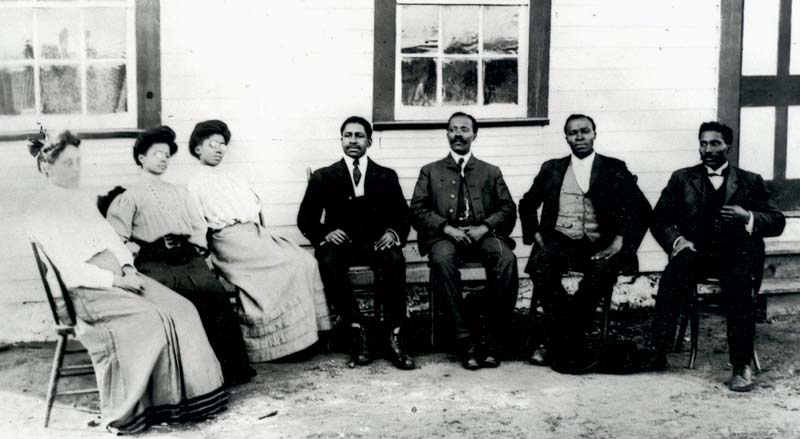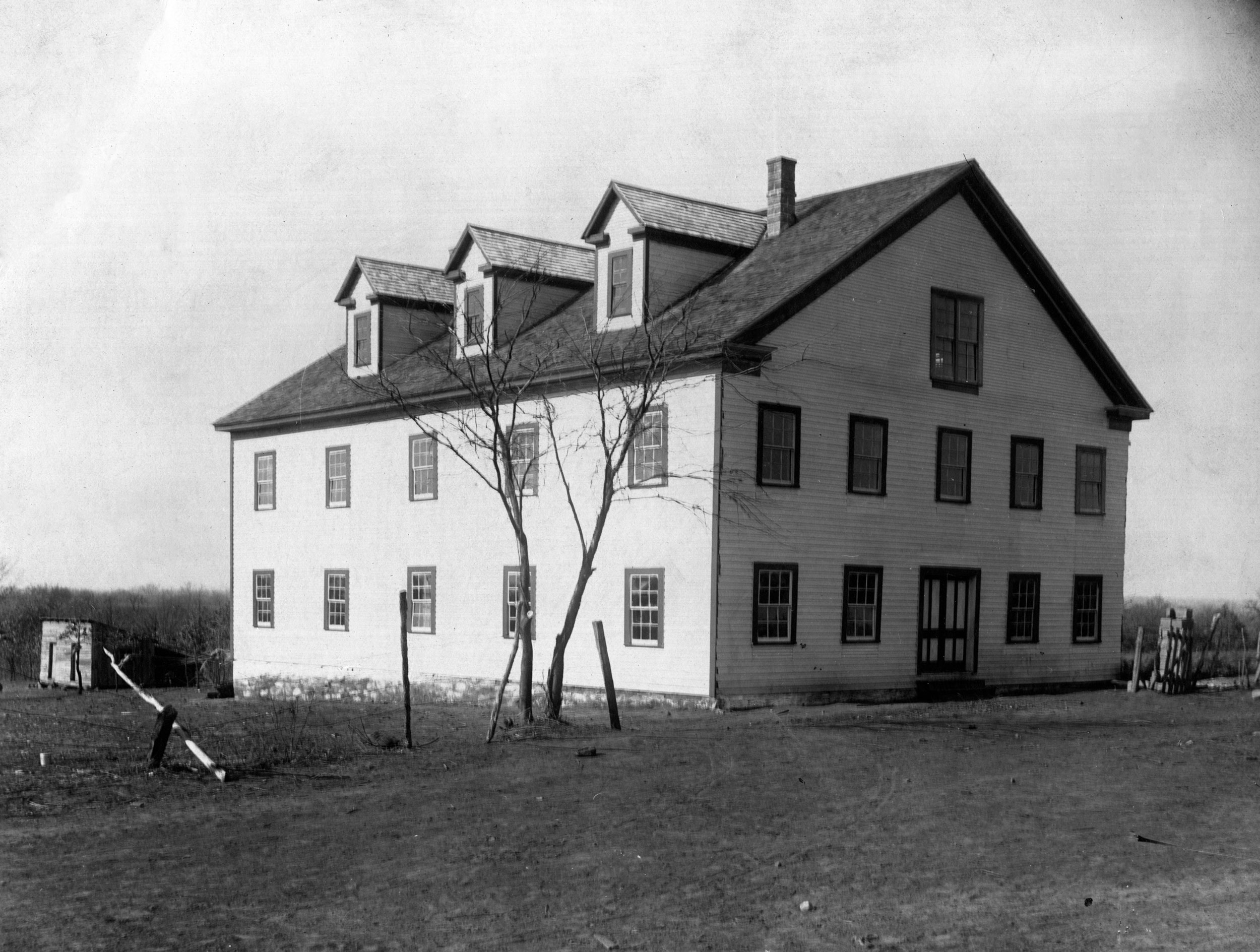
TAFT.
The All-Black town known as Taft started as the community of Twine, which had a post office by 1902. Taft, located eight miles west of Muskogee, in Muskogee County is one of more than fifty All-Black towns of Oklahoma and one of only thirteen still existing. The town name honored William H. Twine, a resident who moved away and edited the Muskogee Cimeter. In 1904 citizens named the town Taft in honor of then Secretary of War (later President) William Howard Taft. The settlement developed in the Creek Nation on land allotted to Creek Freedmen.
Early in the town's history the citizens promoted their new community throughout the South. The Reaves Realty Company advertised Taft as the "fastest growing Colored community in Oklahoma." Taft had two newspapers, the Enterprise and the Tribune. The first mayor, Charlie Ford, owned Ford's Cotton Gin, and W. R. Grimmett operated a sawmill northwest of town. Before 1910 the community supported three general stores, one drugstore, a brickyard, a soda pop factory, a livery stable, a gristmill, a lumberyard, two hotels, a restaurant, a bank, and a funeral home.
Educational and state-agency facilities have always been important economic activities. Halochee Institute, founded in 1906, was the first of several educational institutes to locate there: W. T. Vernon School (1908), the Industrial Institute for the Deaf, Blind, and Orphans of the Colored Race (1909), Moton High School, and the State Training School for Negro Girls followed Halochee. In 1934 the Taft State Hospital for the Negro Insane was established. The state later placed two state penitentiaries in Taft: Dr. Eddie Warrior Correctional Center, for women, and Jess Dunn Correctional Center, for men.
From a population of 250 in 1907 Taft grew to 690 by 1937 and then slowly declined; by 1990 the population was four hundred. Taft City Hall is listed in the National Register of Historic Places (NR 84003330). The Reeder Walker House and St. Paul Baptist Church are listed in the Oklahoma Landmarks Inventory. In 1973 the town elected Lelia Foley-Davis as mayor, making her the nation's first female African American mayor. Davis stepped down in 1989 but was reelected in 1999. Taft reached its peak of population at 772 in 1940 but dropped to a low of 386 in 1960. After rebounding to 525 in 1970, it declined to 400 in 1990. At the approach of the twenty-first century Taft exhibited a strong economy. The 2000 census counted 349 residents, and the 2010 census counted 250. In April 2020 the census counted 173 residents.
See Also
AFRICAN AMERICANS, ALL-BLACK TOWNS, BOLEY, CLEARVIEW, LELIA KASENSIA SMITH FOLEY–DAVIS, FRATERNAL ORDERS–AFRICAN AMERICAN, NEWSPAPERS–AFRICAN AMERICAN, ROSENWALD SCHOOLS, SEGREGATION, WILLIAM HENRY TWINE







